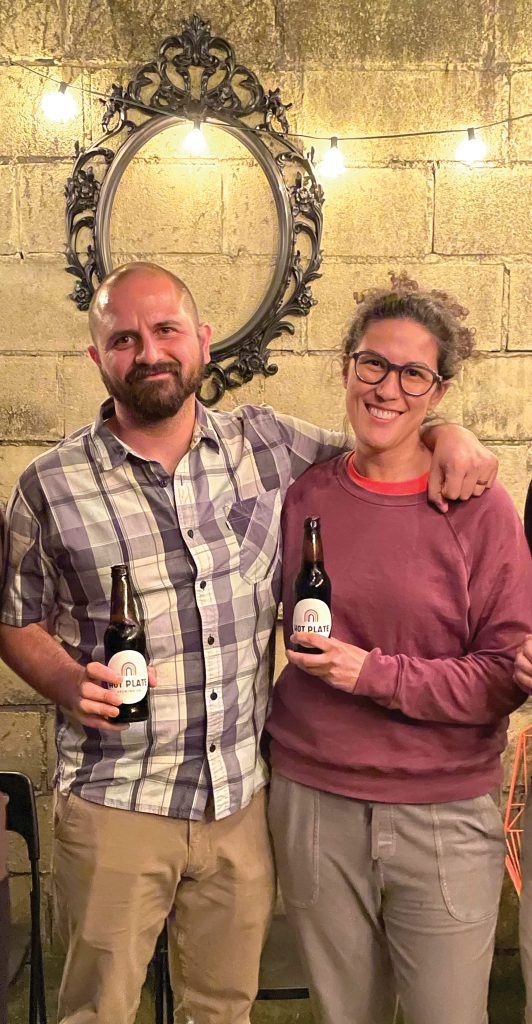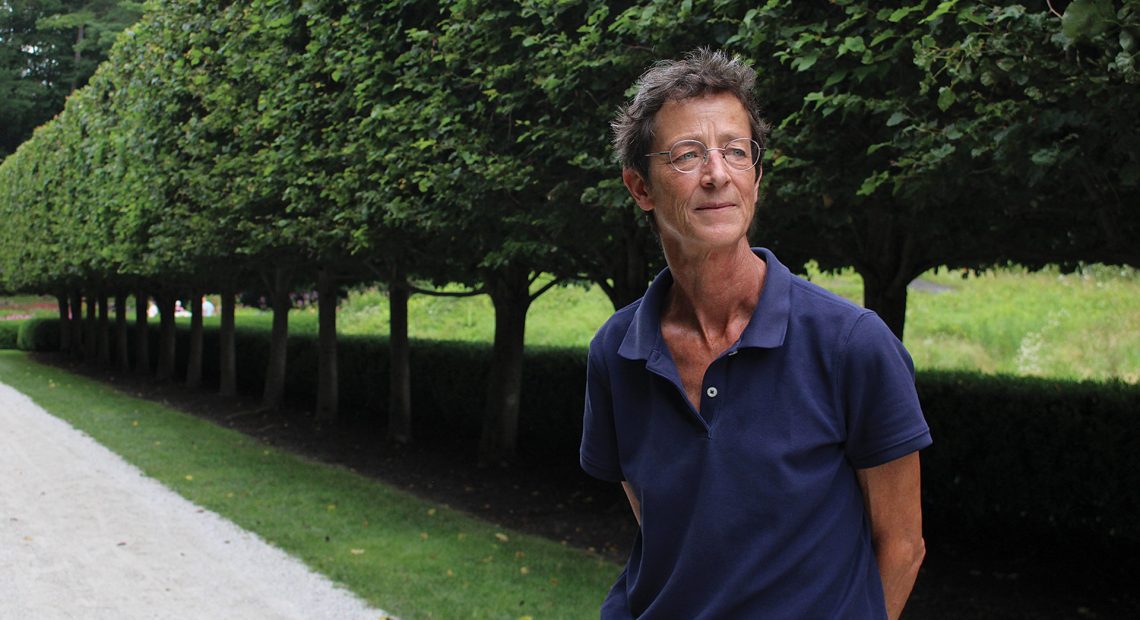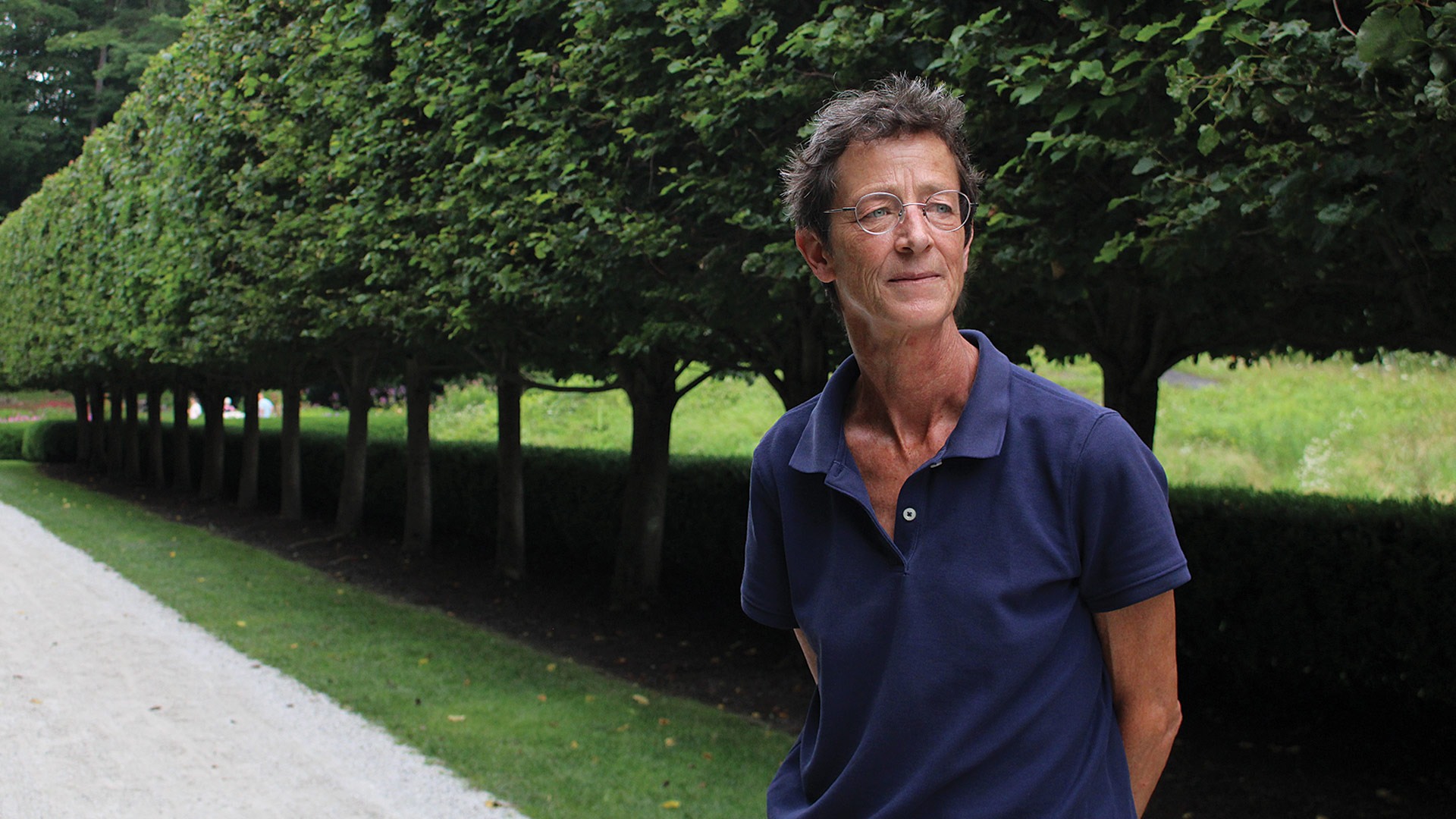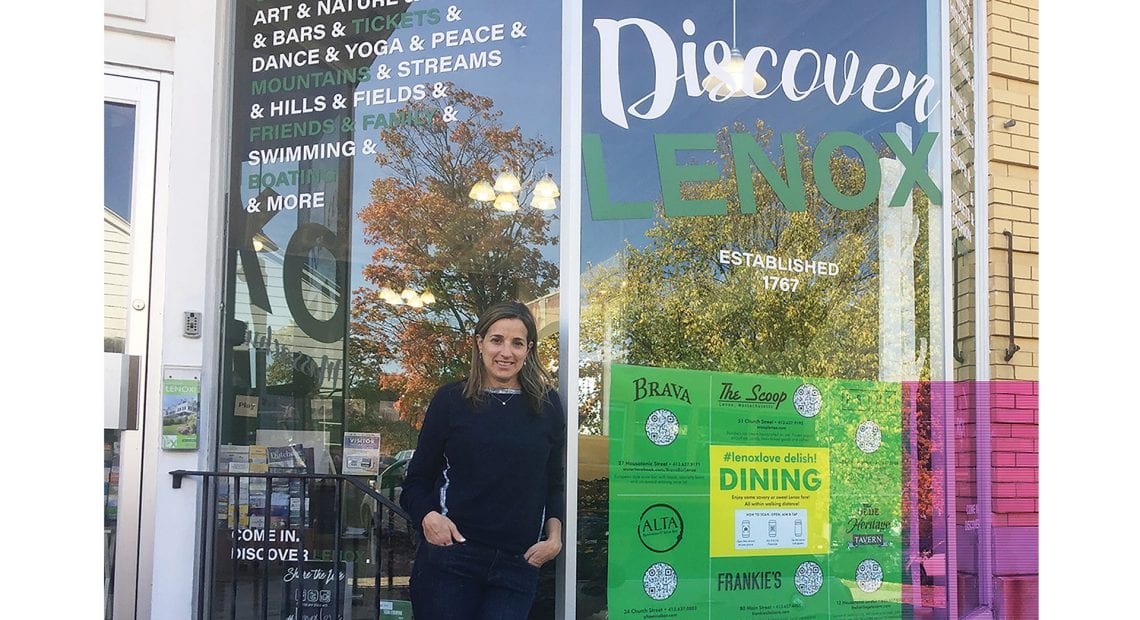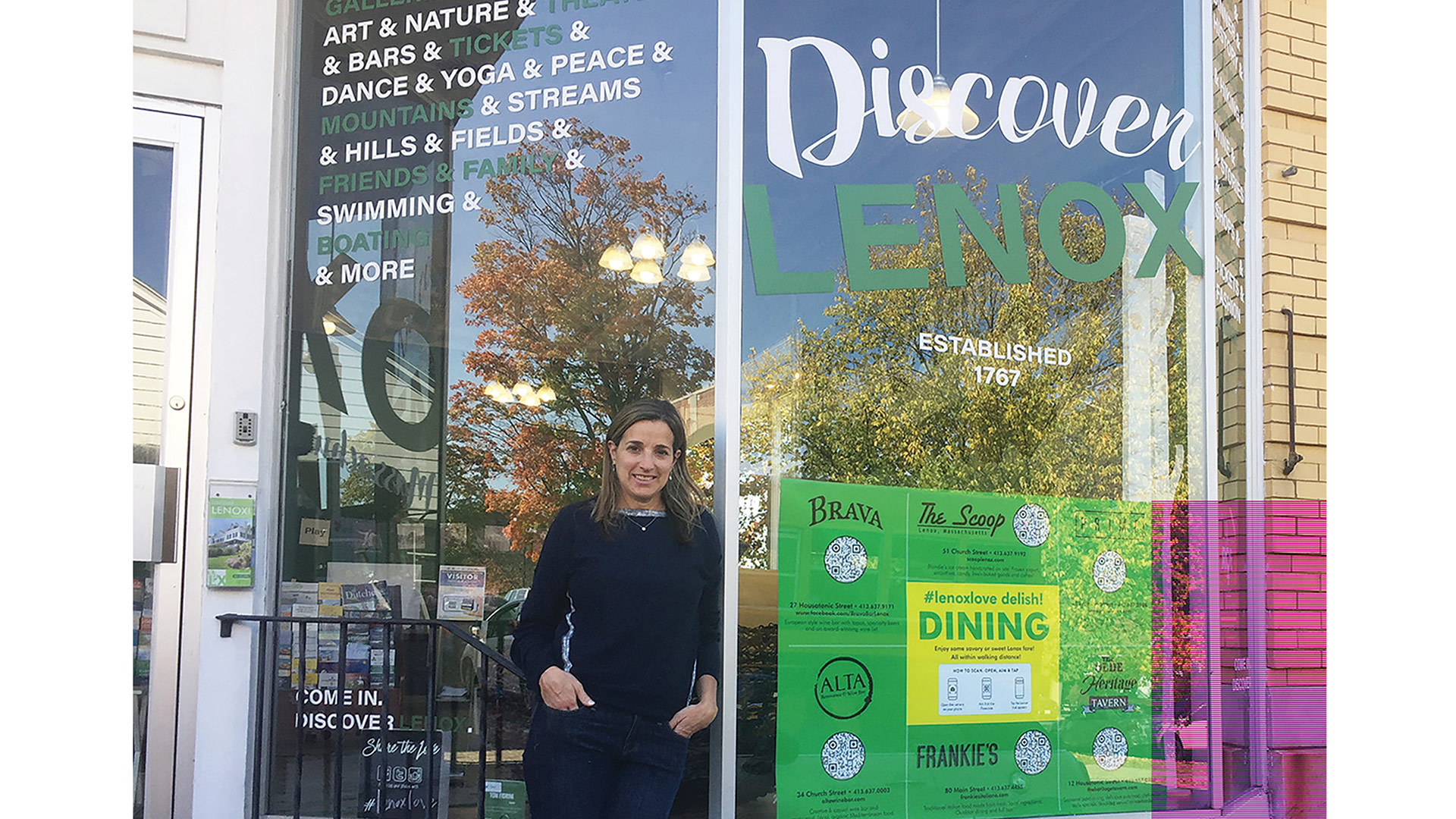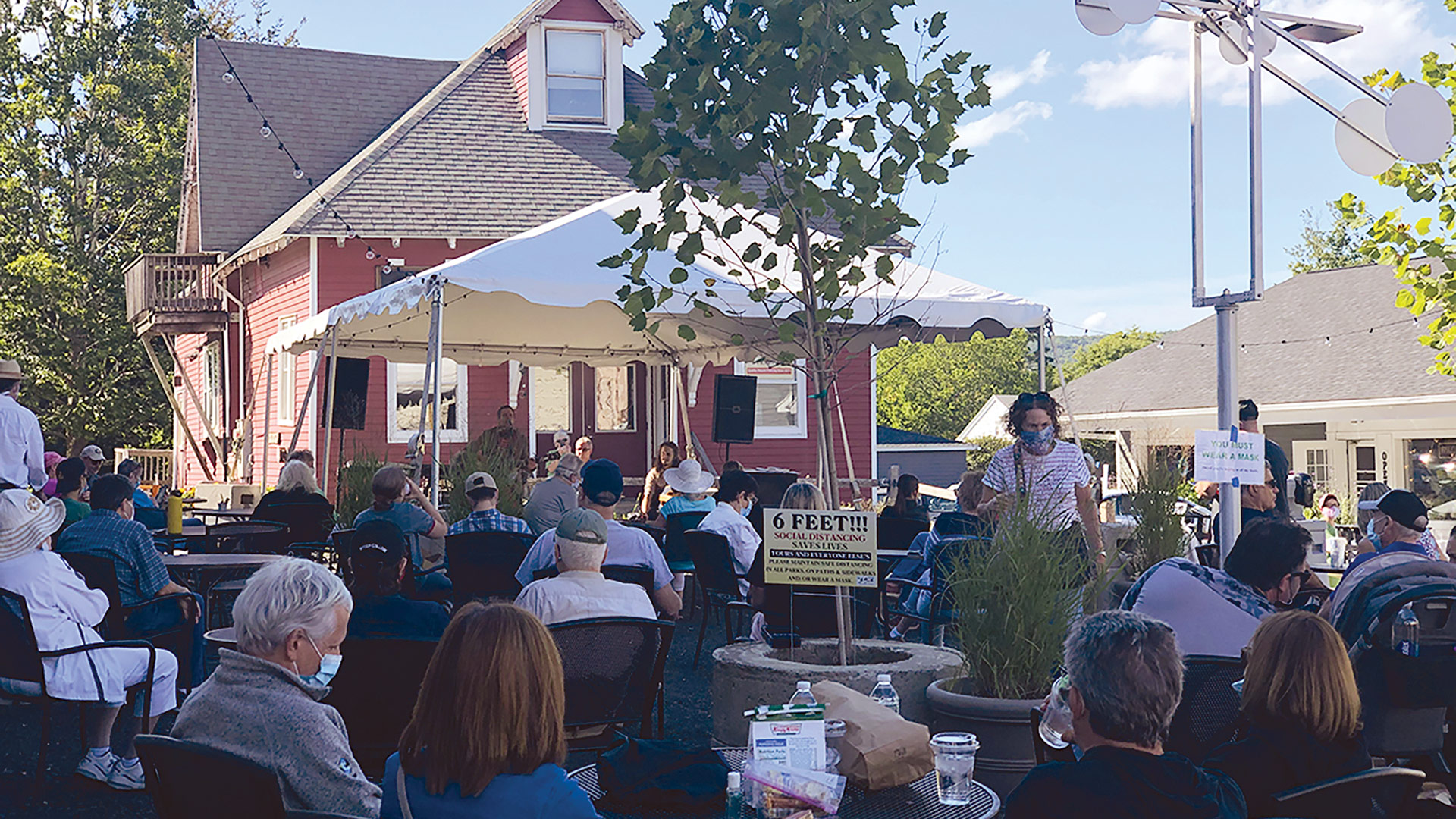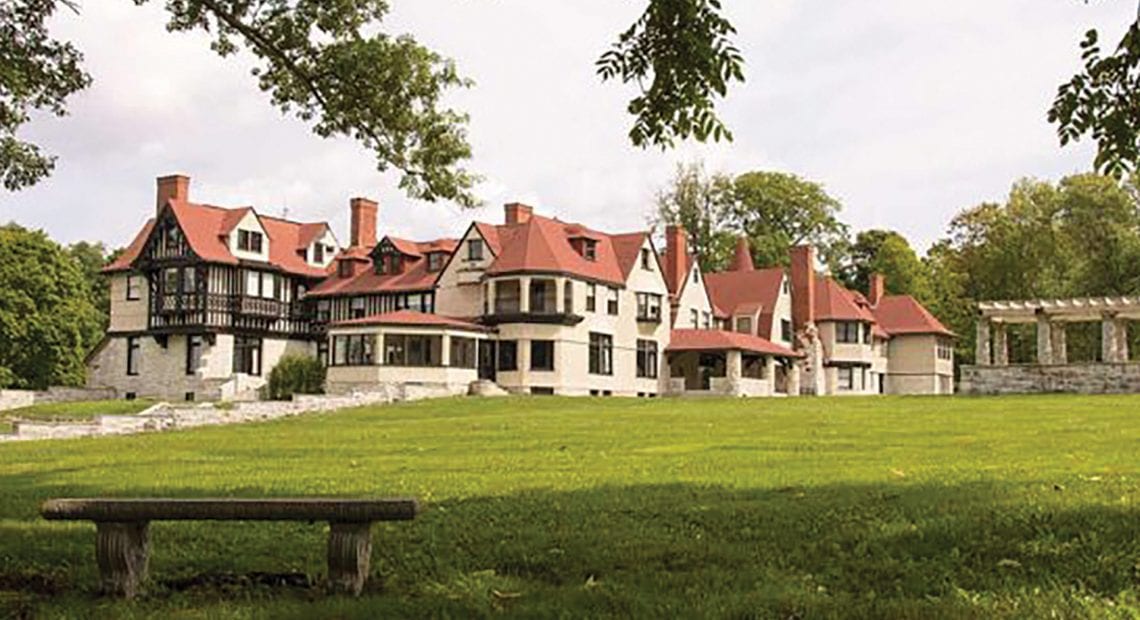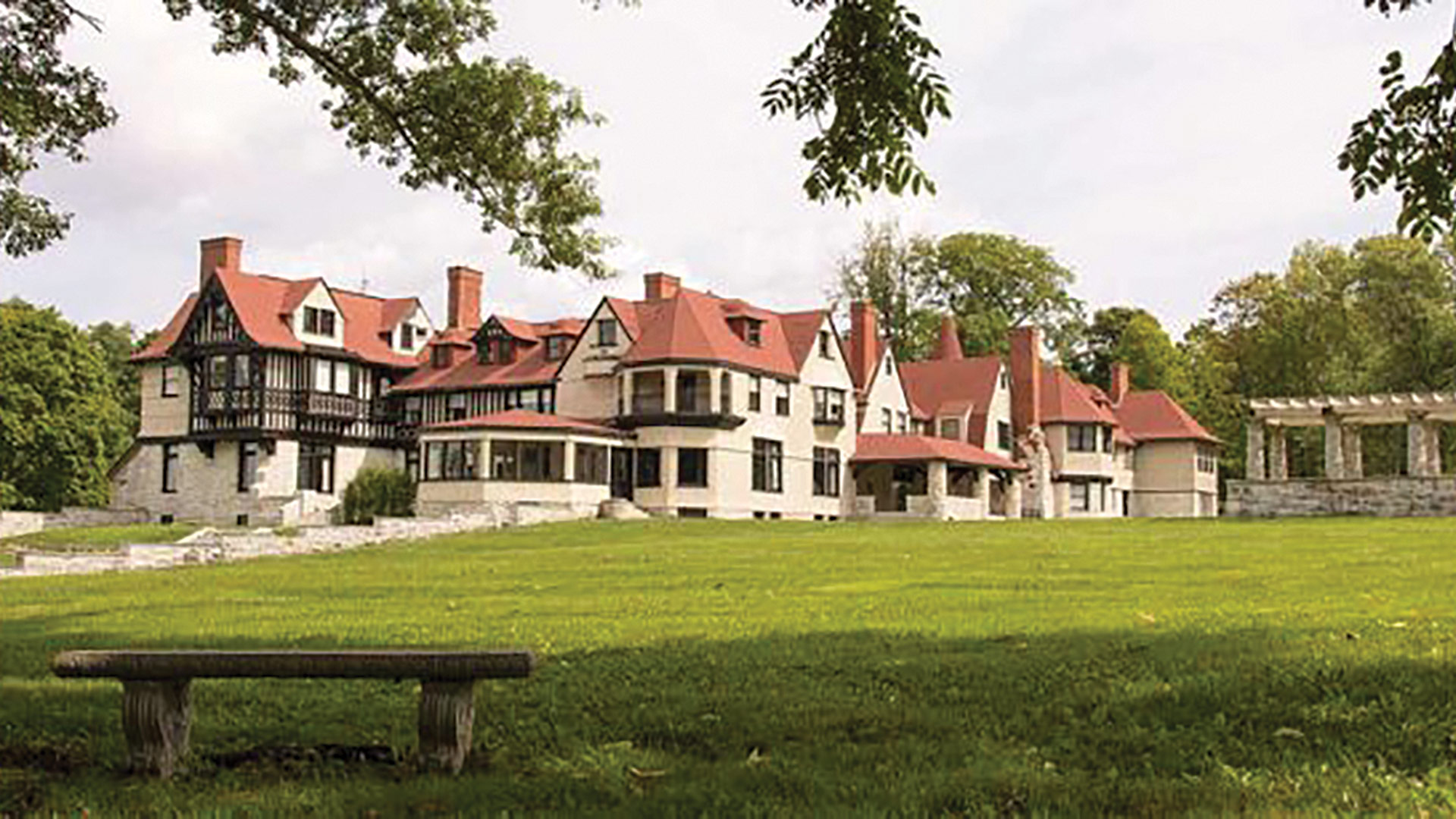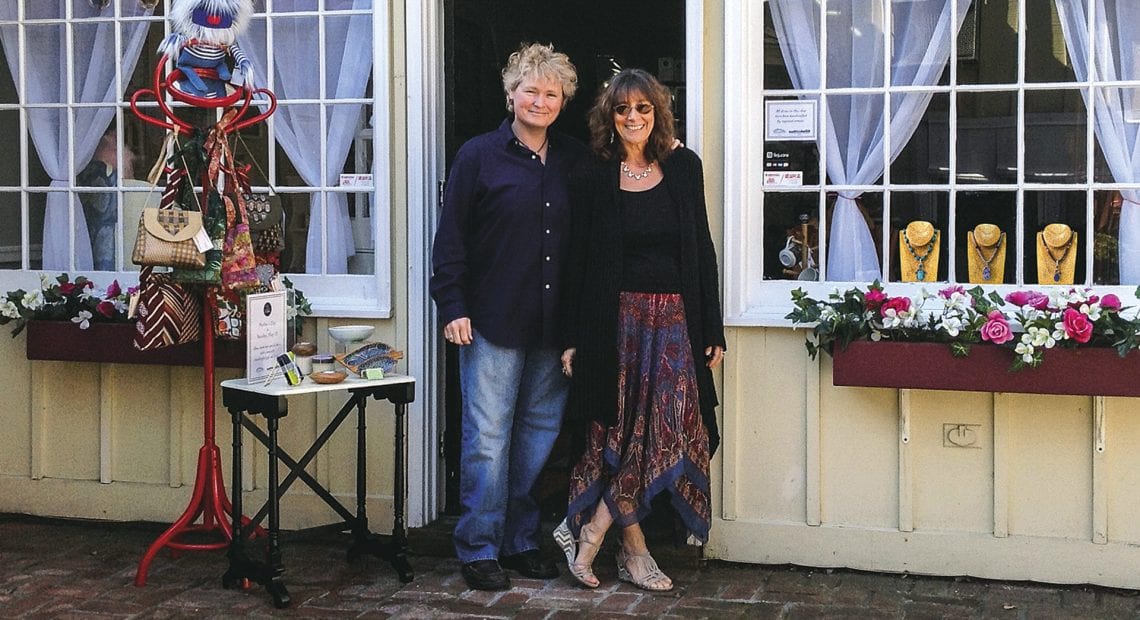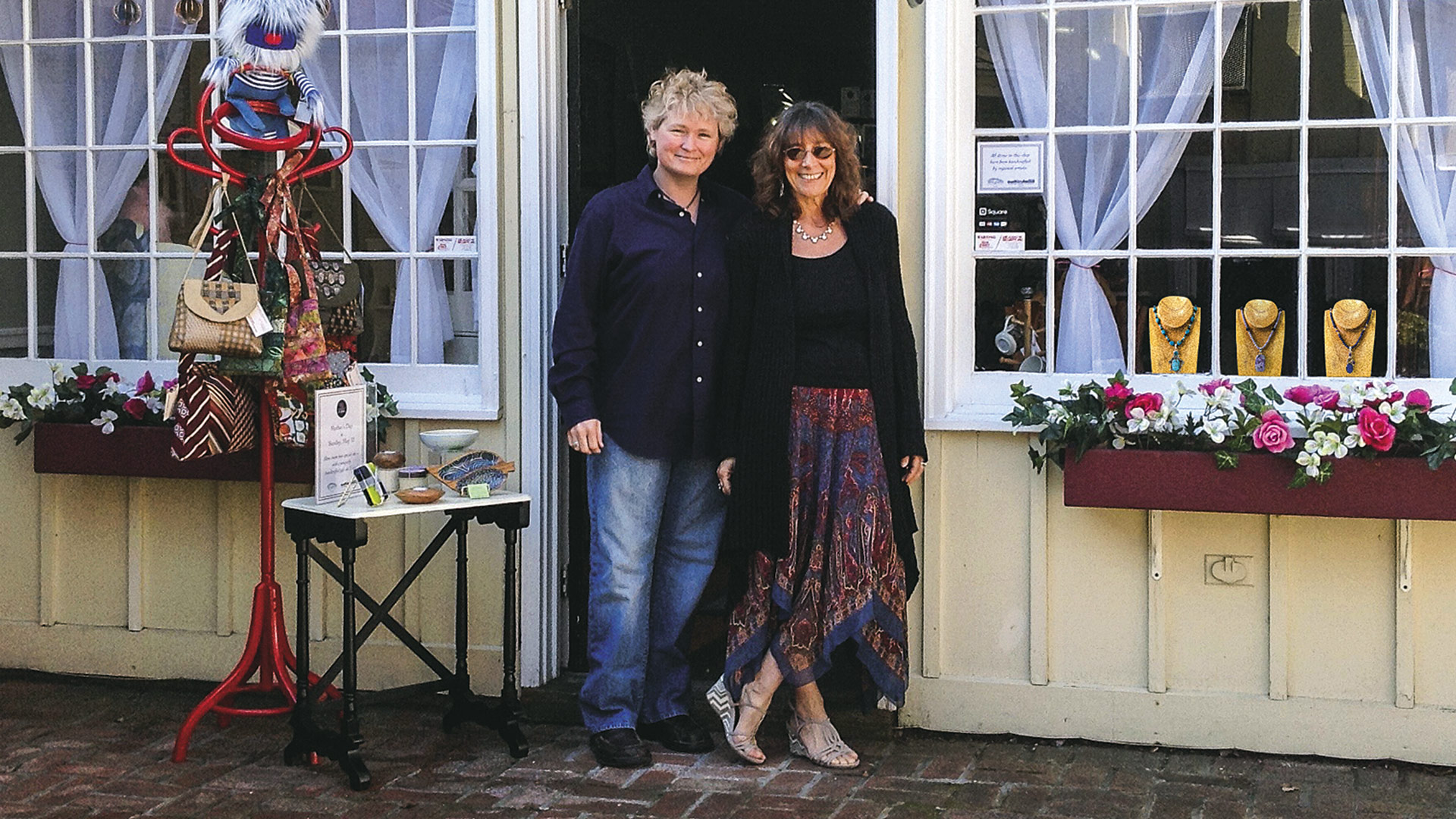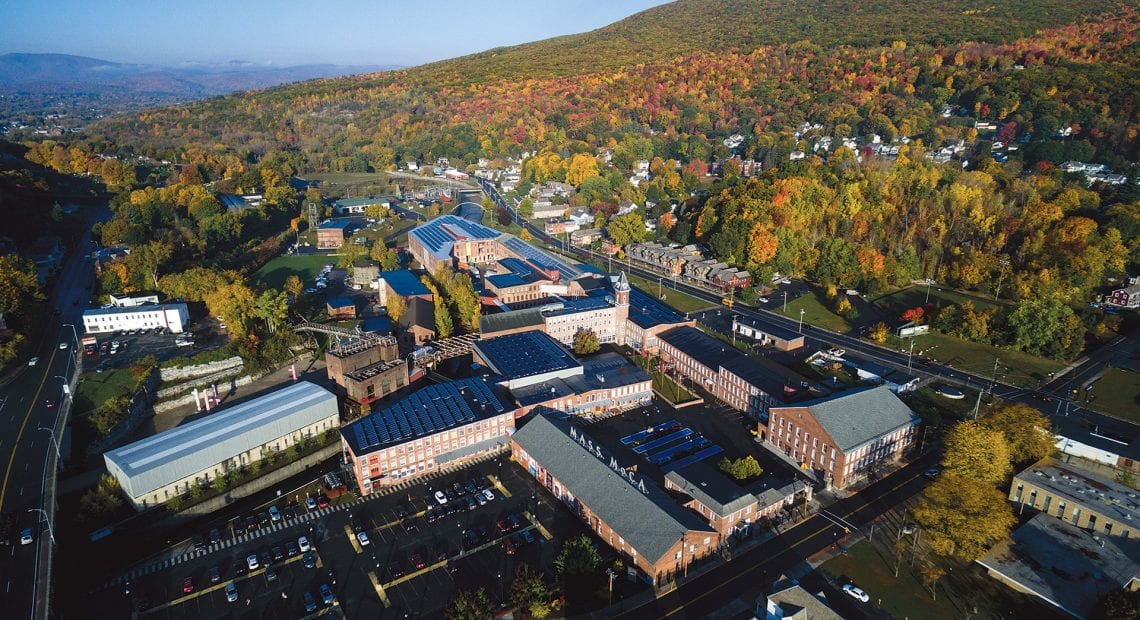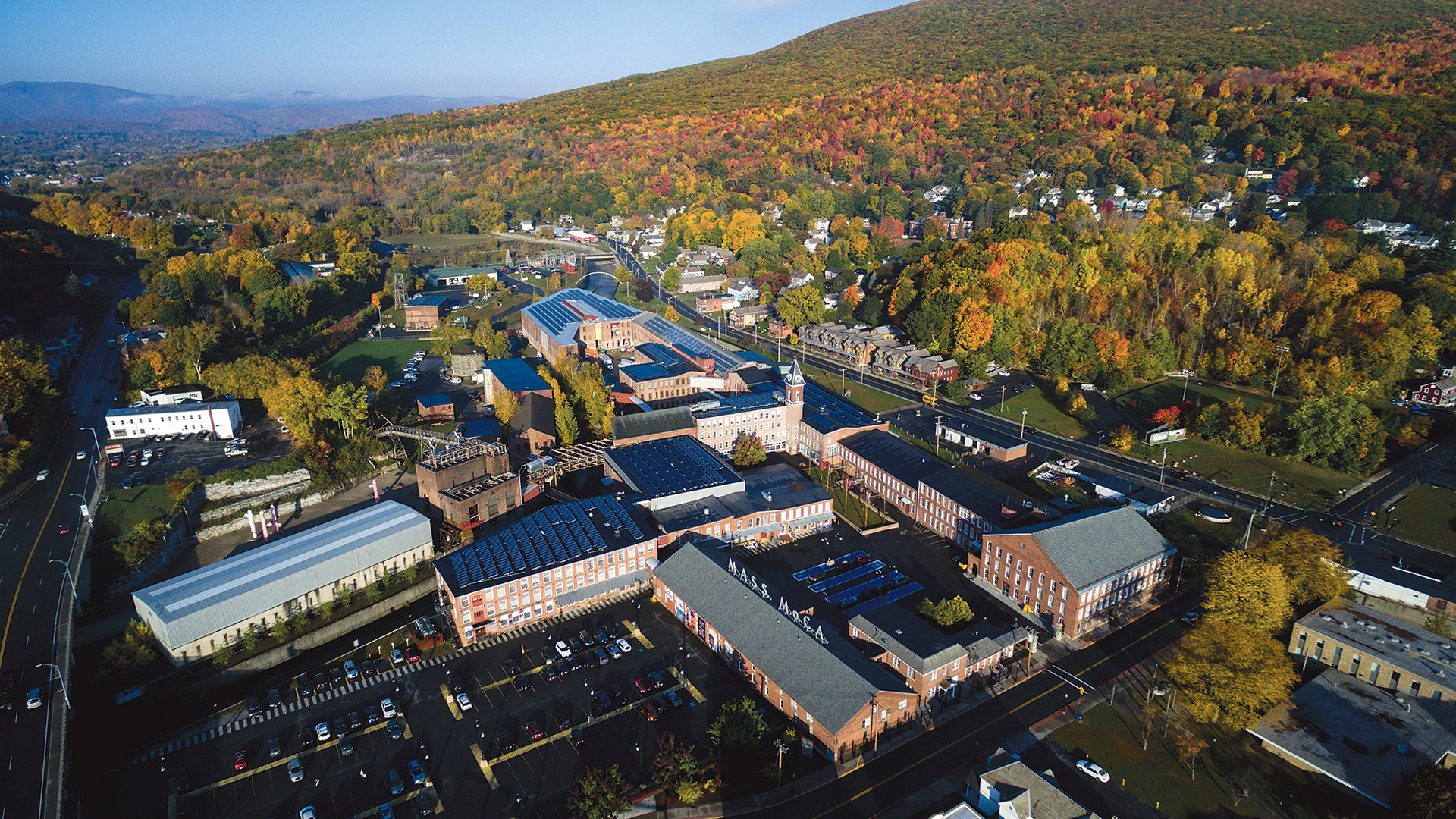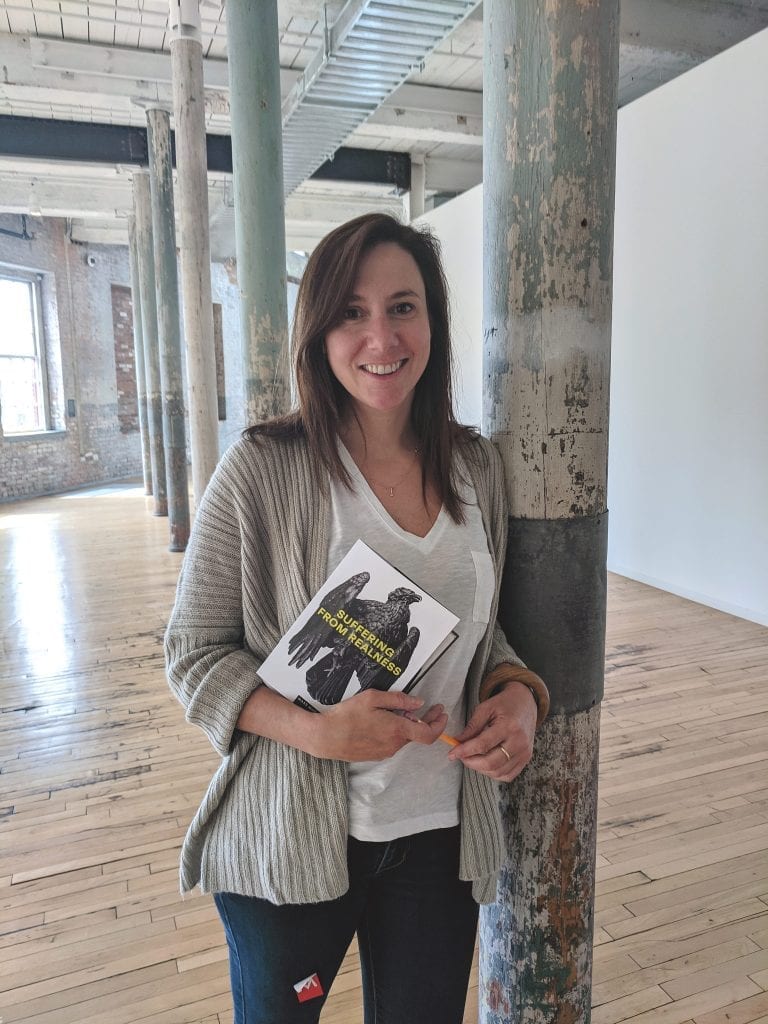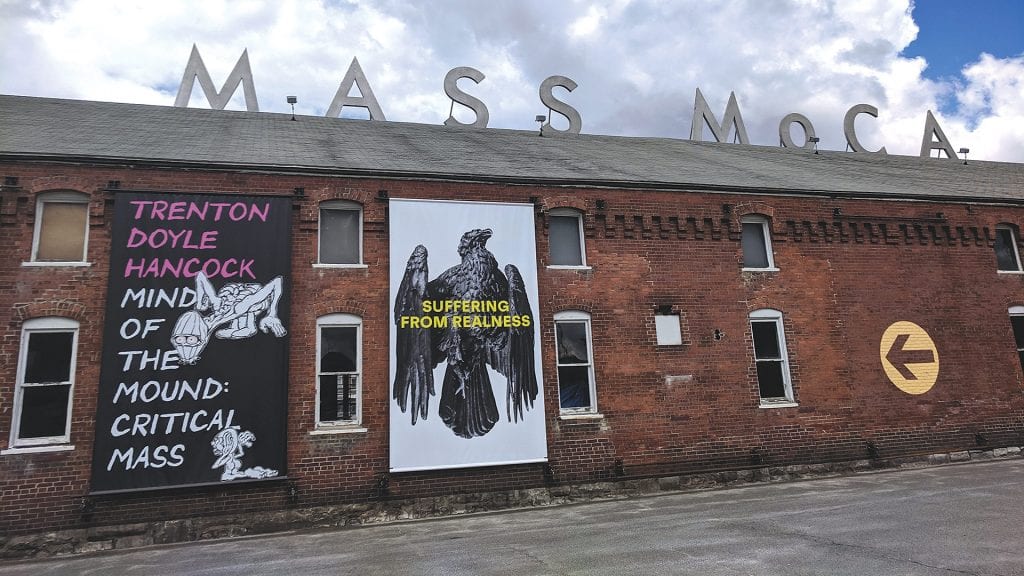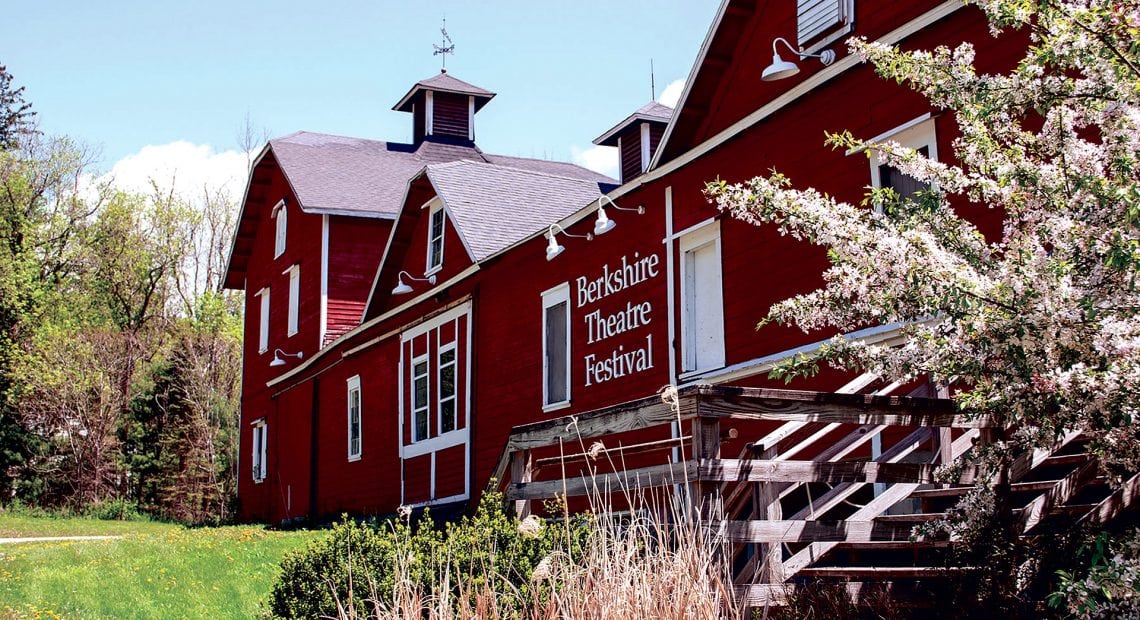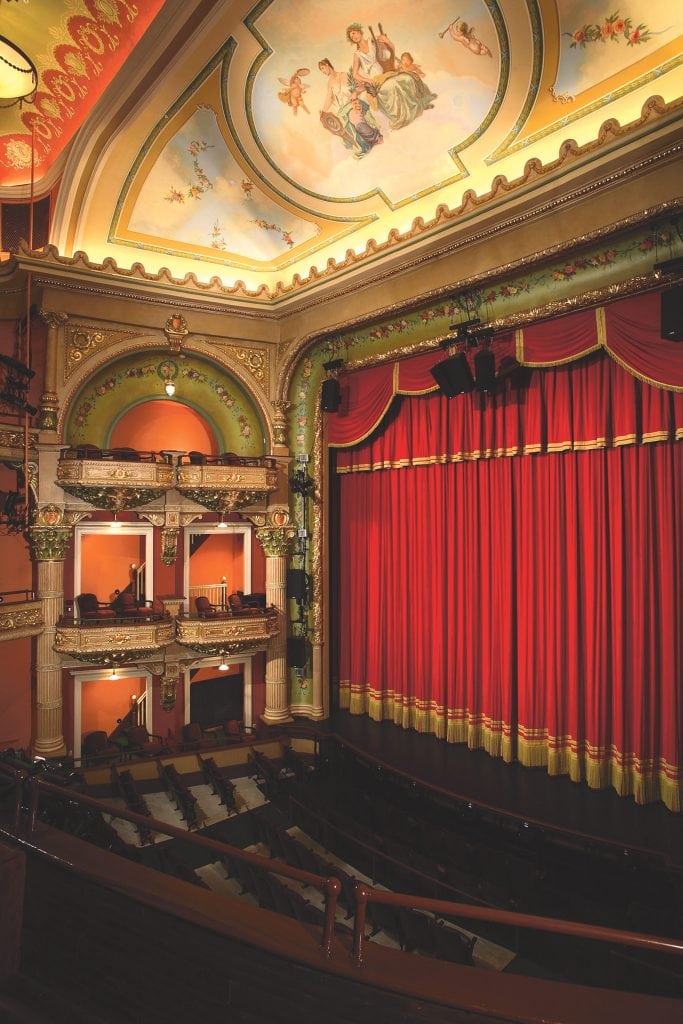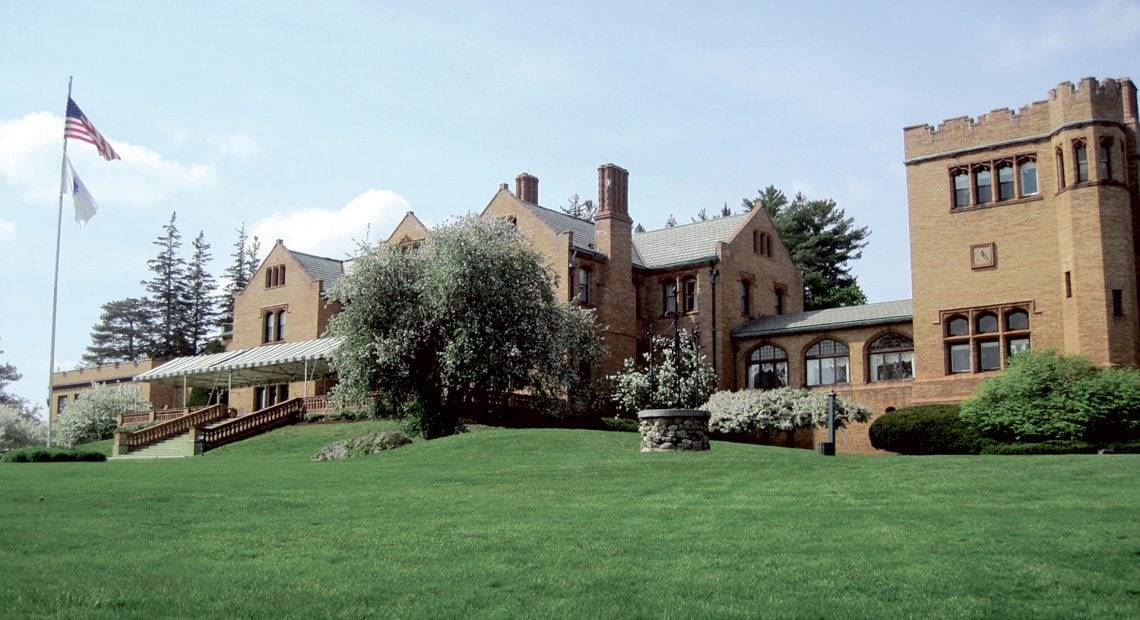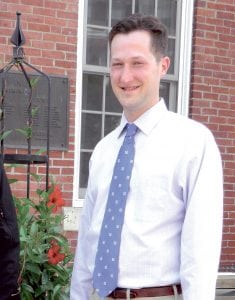Community Spotlight
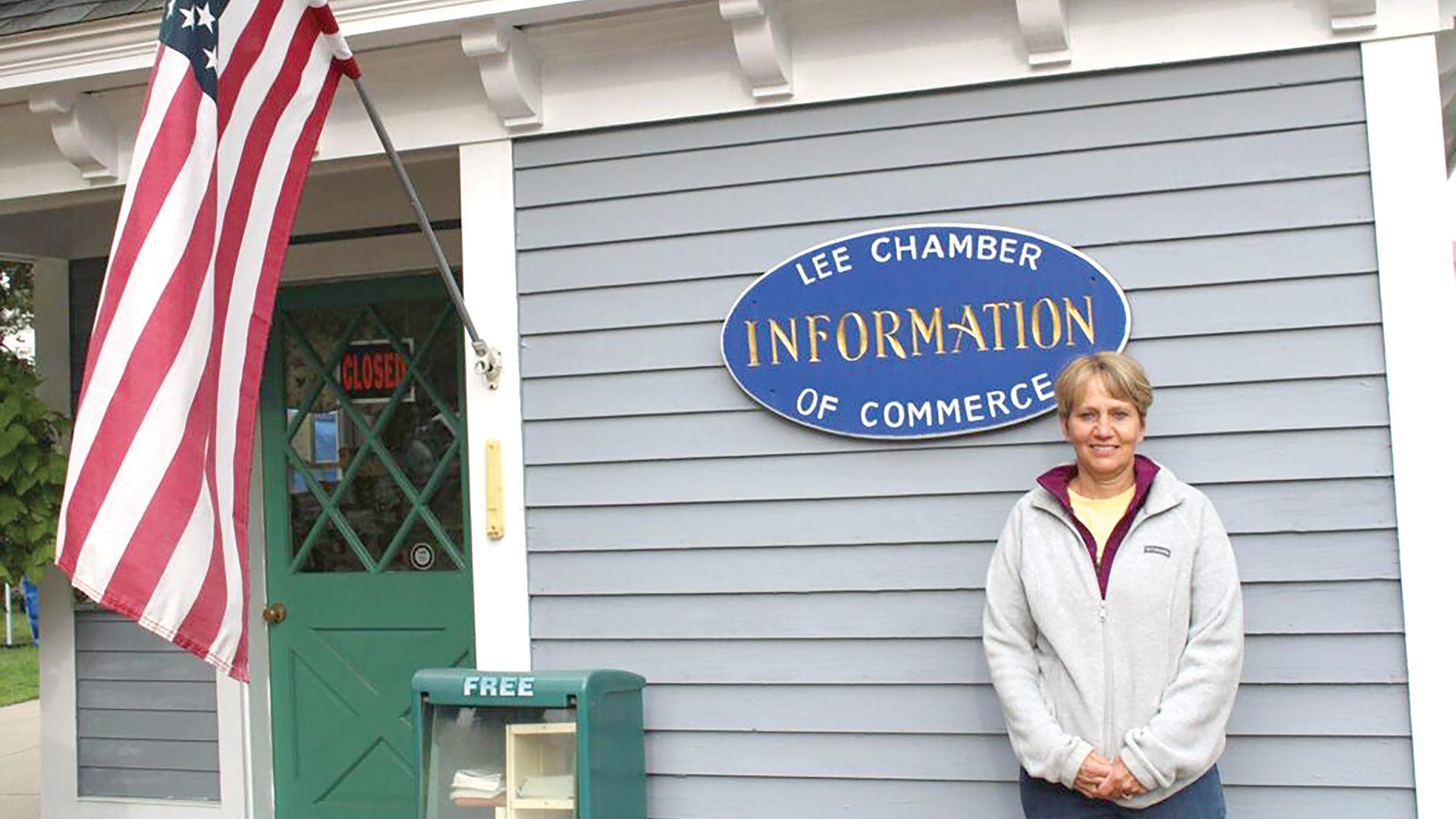
Kathy DeVarennes says there is a downside to Lee’s white-hot housing market: a shortage of affordable homes for working-class families.
Chris Brittain says the report wasn’t exactly surprising, but it was still quite eye-opening.
Indeed, by the time the Boston Business Journal listed Lee as one of the three hottest housing markets in the Bay State last August — along with Edgartown on Martha’s Vineyard and the gateway city of Lowell — most in this community didn’t need to be told just how hot things were in town.
They already had plenty of direct or anecdotal evidence to that effect.
“People have been buying homes for well above the asking price,” said Brittain, Lee’s town administrator, noting that the median home value in Lee was $256,000 five years ago, $370,000 a little more than a year ago, and nearly $400,000 last June, one of the largest upward swings in the state over that time.
He said the surging prices are in part a reflection of the run-up in value of vacation and second homes, but also the product of supply and demand; there is limited supply, and demand has been soaring, in Lee and most other Berkshires communities, in the wake of COVID and the growing popularity of remote work. He speculates that Lee appears at the very top of the list because home values are generally lower — although the gap is certainly closing — than in neighboring communities such as Lenox and Stockbridge, which are also hot markets.
Surging home prices are not the only intriguing development in Lee, said Brittain, noting some real headway in the long-anticipated, scaled-down project known as Eagle Mill, which involves new construction and conversion of some of the town’s many former paper mills into a mixed-use development featuring housing, retail, and a restaurant.
There’s also movement with plans to create a new public-safety facility downtown, on the site formerly occupied by the Department of Public Works, which is moving to a commercial property on Route 202 that the town has acquired. The price tag for the various phases of the initiative is roughly $37 million, he said, adding that the DPW will likely be moved in the spring, with demolition of those properties to follow, and construction of the new public-safety facility to likely commence in the spring of 2025.
“We started to see people wanting to move to move rural areas. During COVID and right after it, I knew of people who would put their house up for sale, and by the end of the day, they had five offers over what they were asking, and people hadn’t even come to look at the house; they just wanted to get out of the city.”
Meanwhile, there was more talk about how to celebrate the town’s 250th birthday, coming up in 2027.
And there is continued bounceback from the difficult COVID years, with travel to Lee and other Berkshires communities returning, and many different types of hospitality-related businesses doing as well as, if not even better than, they were before the pandemic, said Kathy DeVarennes, director of the Lee Chamber of Commerce, which recently celebrated its own milestone — 100 years in operation.
She said the business community in Lee is large, diverse, and resilient, with ventures ranging from Prime Outlets Lee, just off the Mass Pike exit into town, to High Lawn Farm, a third-generation dairy farm and creamery approaching its own centennial that has become a real destination for visitors, to an eclectic mix of businesses along Main Street that give it a unique flavor.
Businesses like the Starving Artist Café & Creperie, which offers organic, vegetarian, vegan, and gluten-free menu options for breakfast and lunch.
Owner Emmy Davis, who opened the café in 2012, said one of its traditions, and main attractions, is a Sunday brunch served all day. During this time of year, there are some travelers coming to brunch, as well as some with second homes in town coming in for the weekend, but it’s mostly locals.
“During the summer, though, it’s crazy; on Sundays in the summer, there’s often a line out the door,” she said, adding that visitors will stop in on their way to one of the many attractions only a few miles away, from Jacob’s Pillow in Becket to Tanglewood in Lenox. “There’s a lot going on constantly, so there’s a lot more people.”

Lee’s iconic downtown, which boasts an eclectic mix of stores and restaurants, continues its comeback from COVID.
And brunch at the Starving Artist provides an effective snapshot of what businesses generally see and when they see it, she said, adding that travelers pass through or stay at some of the many inns and hotels in the community all year round, but summer and fall are obviously the busiest times.
For this latest installment of its Community Spotlight series, BusinessWest looks at how all of these factors are coming together to create even greater vibrancy in the community known as the Gateway to the Berkshires.
Staying Power
When Bob Healey and his wife, Olia, started talking about buying the historic bed and breakfast on Main Street in Lee, the one created from a schoolhouse built in 1885, some thought they were … well, “crazy,” Bob said.
After all, they were both just 23 years old. Meanwhile, the year was 2009, and the region was still trying to dig out from what became known as the Great Recession.
“It certainly wasn’t the best time to be thinking about doing something like this,” he said, adding quickly that he and Olia believed in the property — and they believed in themselves. And they found a lending institution, Lee Bank, to believe in them as well.
As a result, they’ve been able to write more history for a property that was barely saved from the wrecking ball and then successfully moved one block — a feat many didn’t believe was possible — and is now an important part of Lee’s iconic downtown.
They call it the Chambery Inn, named after the town in France from which five nuns were sent to staff the school, and it has become a fixture, with 10 rooms, many featuring original blackboards from its days as a school.
“We have these city people coming in and paying cash for homes that used to be the homes of working-class families that sent children to our schools. Prices have skyrocketed, and that makes it more difficult for young families to find affordable housing to purchase.”
Healey, like Davis, said downtown is thriving at present, making an almost full recovery from the traumatic COVID years.
“We have an absolutely amazing Main Street,” he said. “It’s a town of 6,000 people, and we have more than 60 eateries. As the Gateway to the Berkshires, the location is really key, and it’s kind of an iconic American Main Street.
The comeback, and continued evolution, of Main Street is one of the major developing stories in Lee, with the other being the housing market, which might have cooled off a little, but still remains quite hot.
“COVID had a lot to do with it,” said Brittain, who had served the town in several different capacities over the years, including stints as moderator and town clerk, before becoming interim town administrator in 2021 and then losing the interim tag. “That’s when we started to see people wanting to move to move rural areas. During COVID and right after it, I knew of people who would put their house up for sale, and by the end of the day, they had five offers over what they were asking, and people hadn’t even come to look at the house; they just wanted to get out of the city.”
The surge, which is still ongoing, has been good for sellers, but there is certainly a downside to Lee’s housing boom, said both Brittain and DeVarennes, noting that it’s now much harder to find something that would be considered affordable in town.
A recently retired school teacher, DeVarennes said the lack of affordable housing can be seen in decreasing enrollment in the community’s schools.
“We have these city people coming in and paying cash for homes that used to be the homes of working-class families that sent children to our schools,” she said. “Prices have skyrocketed, and that makes it more difficult for young families to find affordable housing to purchase.”
The Eagle Mill project will create 128 units of market-rate housing, but there is a definite need for more housing, especially in the affordable category.
Lee at a glance
Year Incorporated: 1777
Population: 5,788
Area: 27 square miles
County: Berkshire
Residential Tax Rate: $11.83
Commercial Tax Rate: $11.83
Median Household Income: $41,566
Median Family Income: $49,630
Type of Government: Representative Town Meeting
Largest Employers: Lee Premium Outlets; Onyx Specialty Papers; the Landing at Laurel Lake; Oak n’ Spruce Resort in the Berkshires; Big Y
* Latest information available
“It’s a subject that comes up a lot in town,” said Brittain, noting that many of the younger professionals and blue-collar workers in Lee are increasingly finding themselves priced out and with limited options if they desire to stay in this community.
Getting Down to Business
But while it’s becoming more difficult to live in Lee, the growing number and variety of businesses — and that includes a new Starbucks in the site of a former Friendly’s near the turnpike exit — make it an ever-more inviting place to visit, said those we spoke with.
Foot traffic may not have fully rebounded to pre-pandemic levels, said DeVarennes, but the community, with its location just off exit 10, certainly lives up to the Gateway nickname. Indeed, people pass through on their way to better-known destinations like Stockbridge and Lenox, but they also often stop and stay — for a few hours or a few days.
And there is plenty to see and do, such as High Lawn Farm, where families can see a dairy farm in operation and also get ice cream and buy butter, cheeses, and other products.
“If you go on a weekend during the summer, it’s packed,” DeVarennes said. “It’s a wonderful place and a real destination.”
Meanwhile, the town’s iconic downtown continues to thrive, she added, noting that it has a deep mix of stores and is easily walkable.
“There are quite a few good restaurants and businesses,” she said, adding that there is great stability — many businesses have been there for decades — but also a fairly steady stream of new and intriguing businesses.
That includes a new yoga studio that will soon open its doors and a comic-book store recently opened by Davis’s husband, Ryan.
“Since we’ve opened, a lot of people have been psyched because there’s nothing in the Berkshires like it — you have to go to Northampton to find something like this,” she said, adding that the store, like many of the businesses on Main Street, appeals to local residents, but becomes part of the draw for visitors.
Healey agreed.
“It’s a very nice Main Street to walk, but it’s also a Main Street where you won’t find a lot of franchises and such,” he said. “It’s really mom-and-pops with a lot of character.”
Added Davis, “we have a great little community of downtown businesses — everyone supports one another. And the more the merrier in downtown; more businesses bring more people to the area to hang out.”
Over the years, Lee has seen a steady source of reasons to come and hang out. And live, year-round or during the summer and on weekends. And tackle remote work. And start a business.
All of that makes it a draw — and, now, one of the hottest real-estate markets in the state.



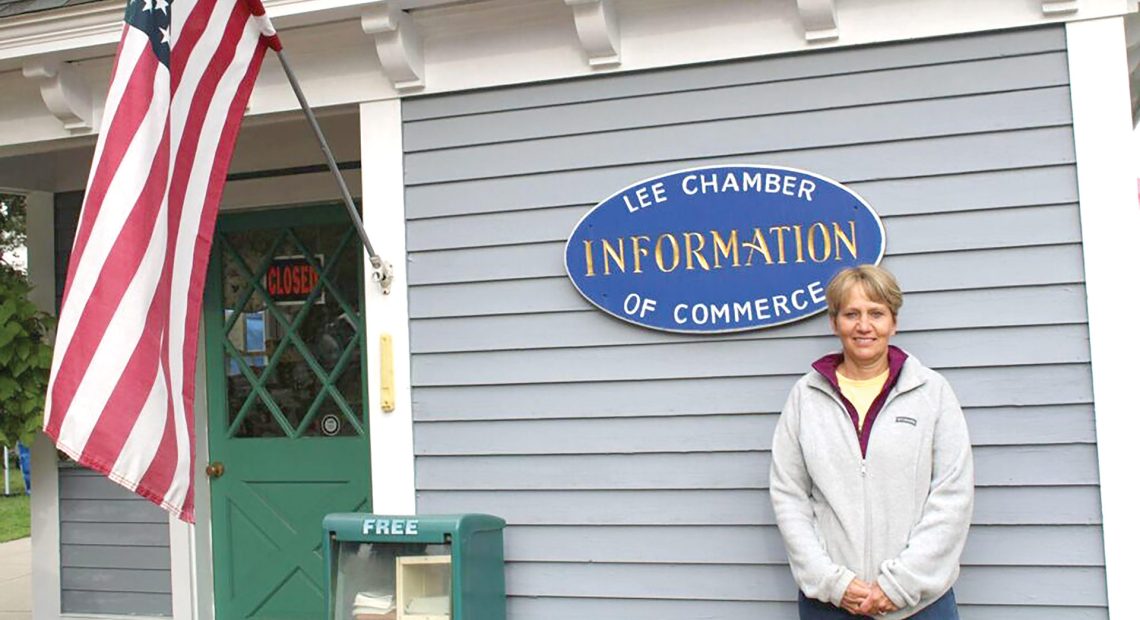
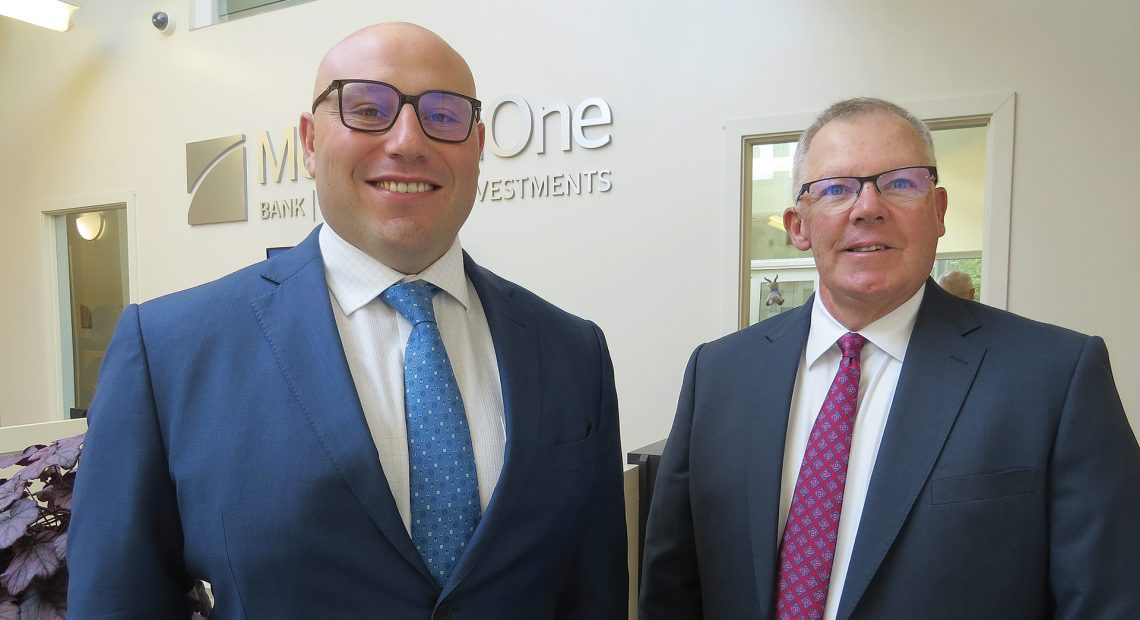
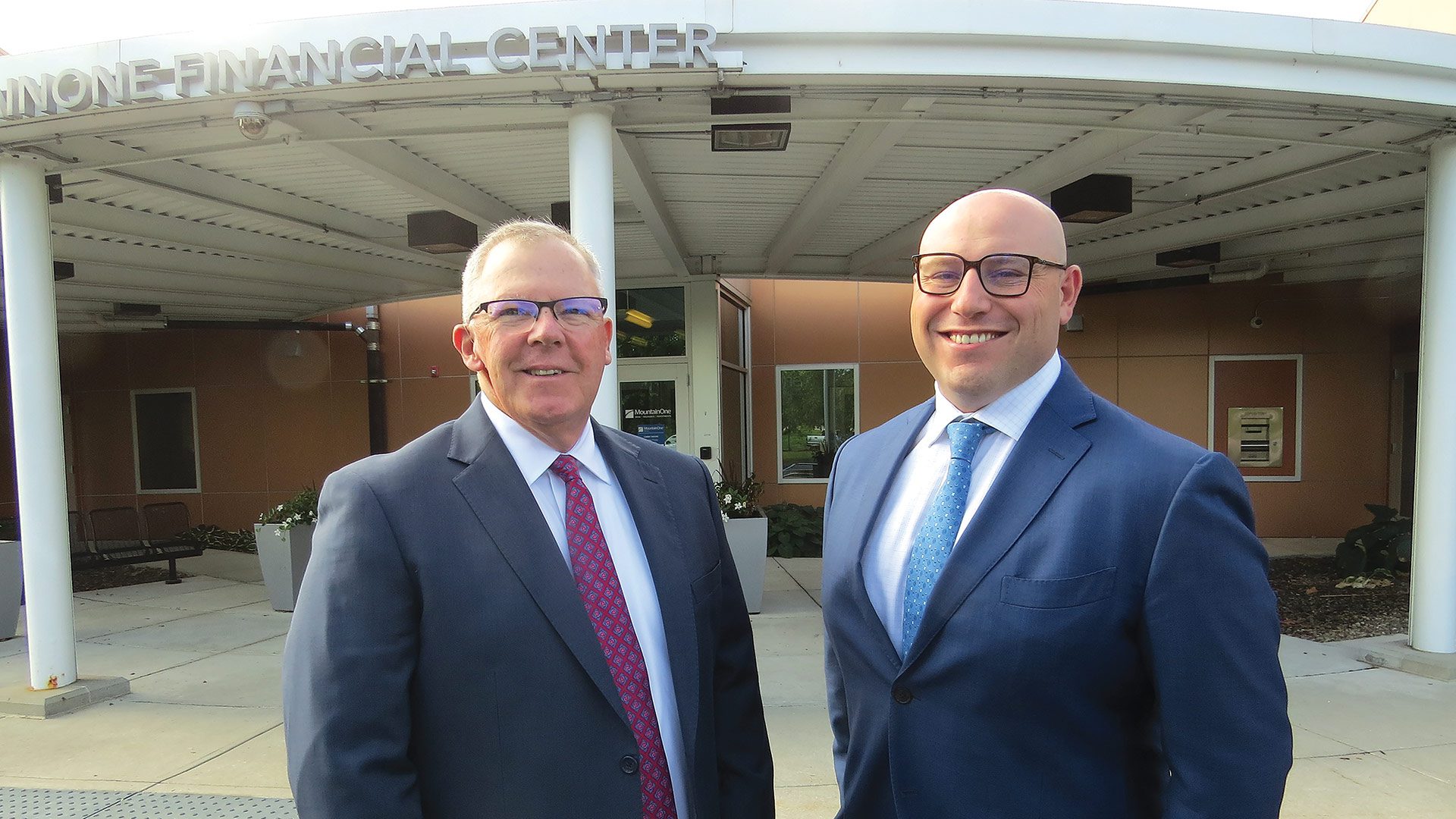

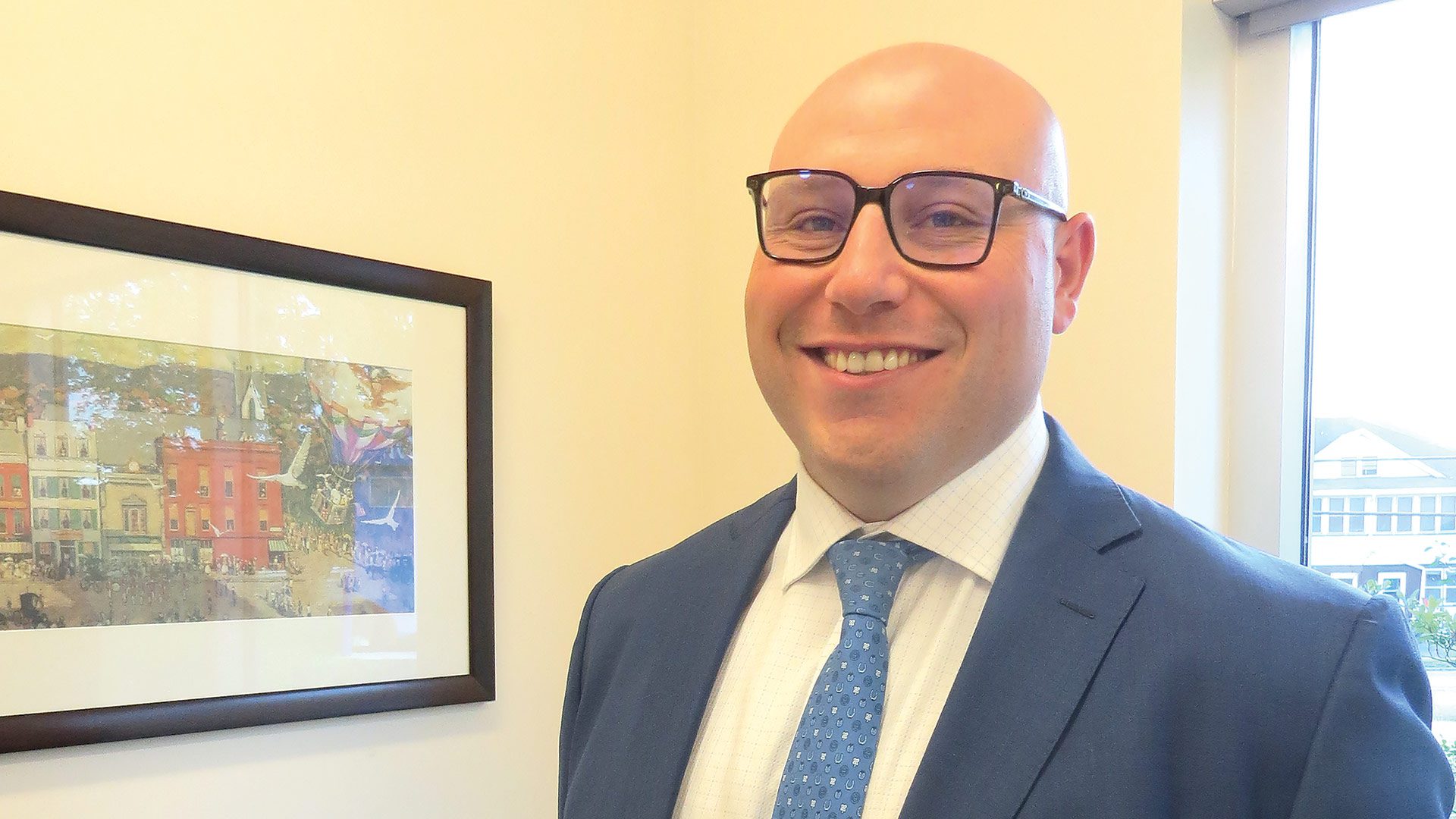


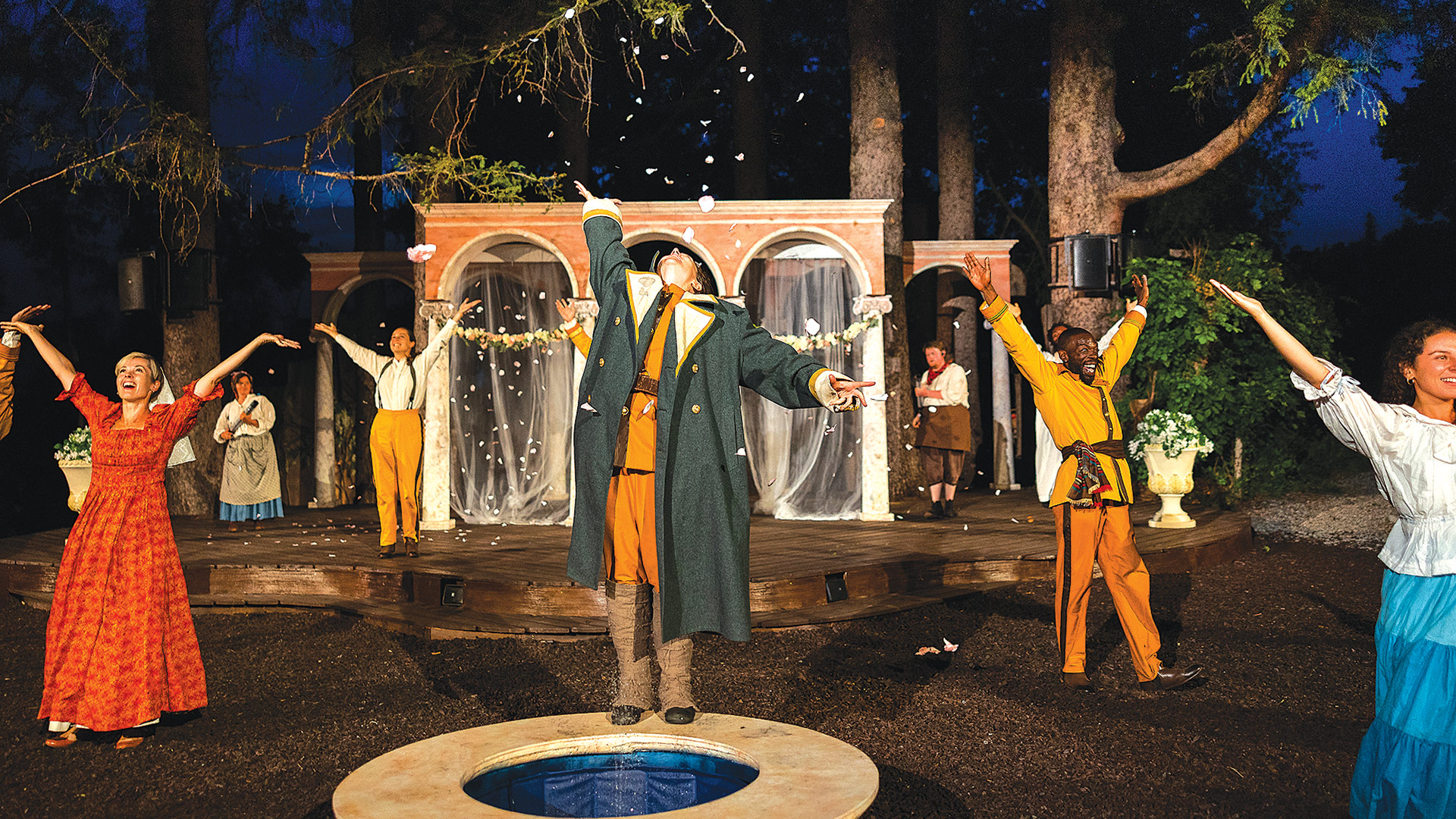

 Summertime is a great time to get away, but in Western Mass., it’s also a great time to stick around and enjoy the many events on the calendar. Whether you’re craving fair food or craft beer, live music or arts and crafts, historical experiences or small-town pride, the region boasts plenty of ways to celebrate the summer months. Let’s start with Hooplandia — a major basketball tournament that’s been a long time coming, as you’ll find out starting on the next page, but one that promises to grow even bigger as it returns year after year. After that, we detail 20 more recreational and cultural events to fill in those summer days. Admittedly, they only scratch the surface, so we encourage you to get out and explore everything else that makes summer in Western Mass. a memorable time.
Summertime is a great time to get away, but in Western Mass., it’s also a great time to stick around and enjoy the many events on the calendar. Whether you’re craving fair food or craft beer, live music or arts and crafts, historical experiences or small-town pride, the region boasts plenty of ways to celebrate the summer months. Let’s start with Hooplandia — a major basketball tournament that’s been a long time coming, as you’ll find out starting on the next page, but one that promises to grow even bigger as it returns year after year. After that, we detail 20 more recreational and cultural events to fill in those summer days. Admittedly, they only scratch the surface, so we encourage you to get out and explore everything else that makes summer in Western Mass. a memorable time.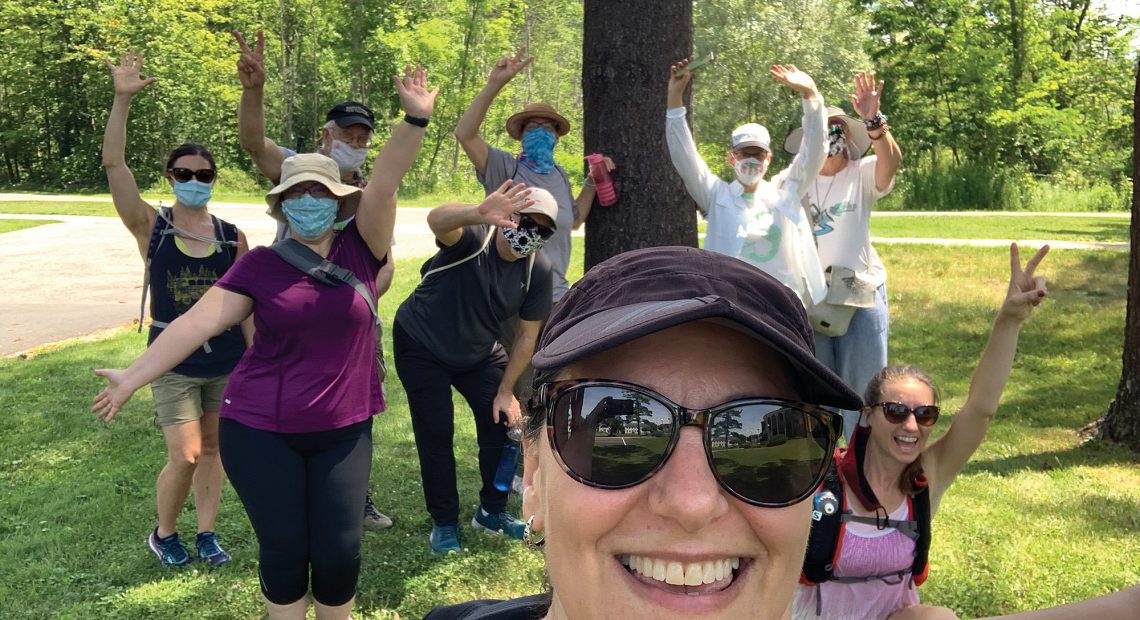
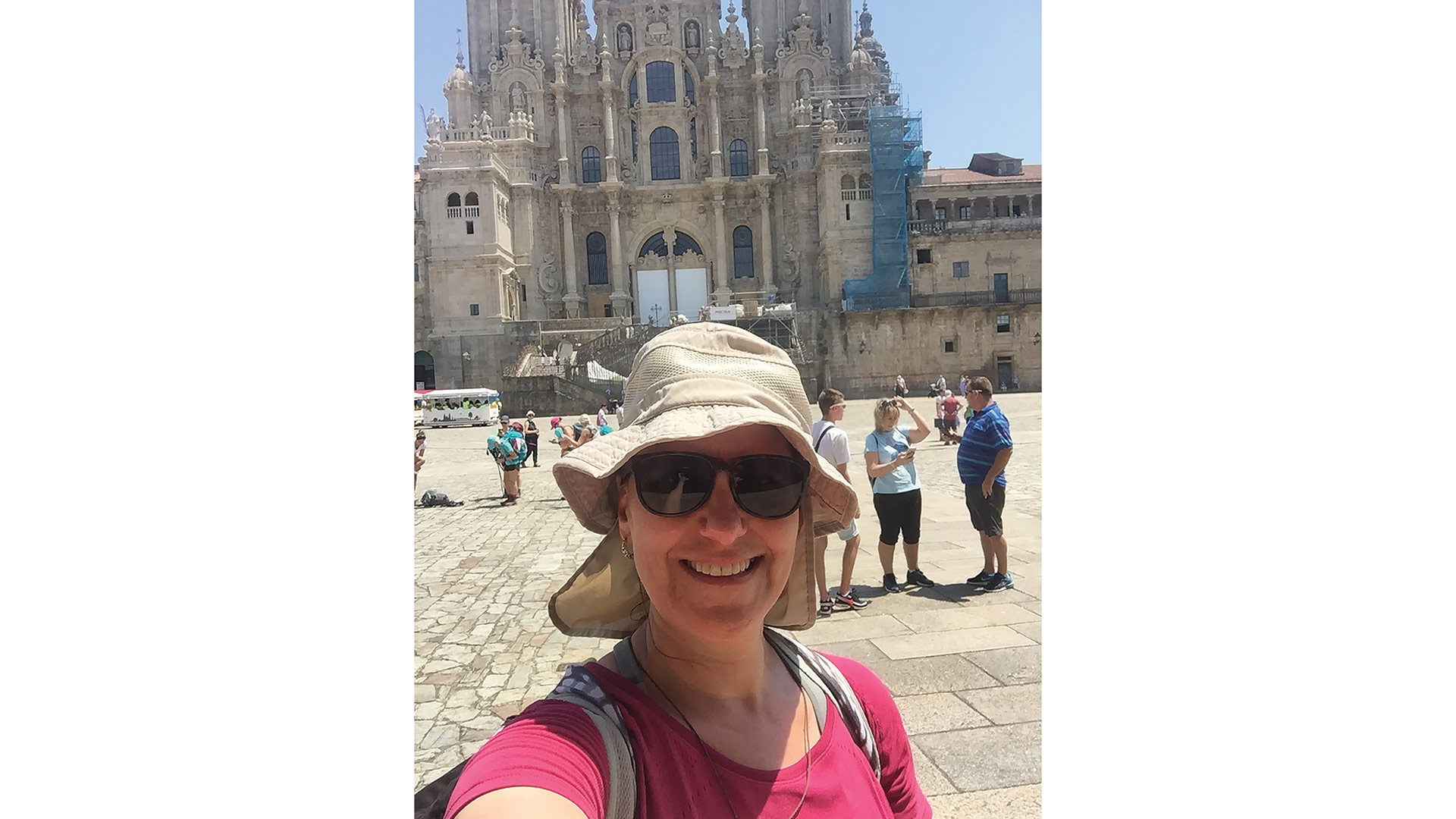
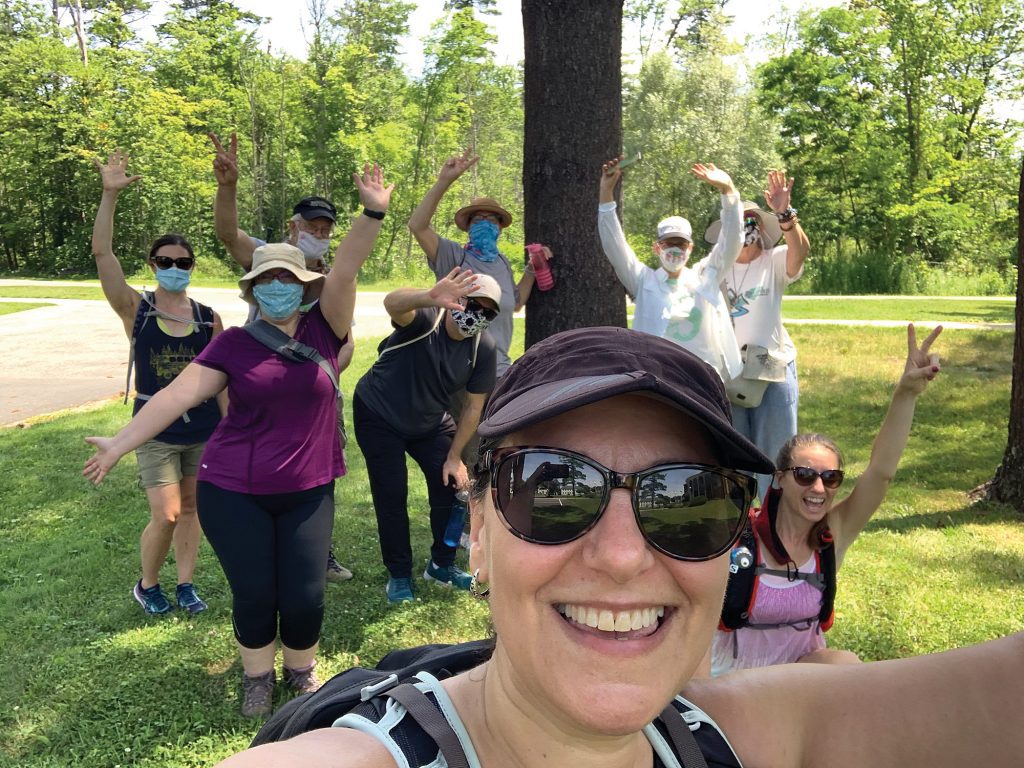 Indeed, after many years in advertising and market research, subsequent burnout, and some time working at the Kripalu Center for Yoga and Health that didn’t end well, she was trying to figure out what could — and should — come next for her.
Indeed, after many years in advertising and market research, subsequent burnout, and some time working at the Kripalu Center for Yoga and Health that didn’t end well, she was trying to figure out what could — and should — come next for her.